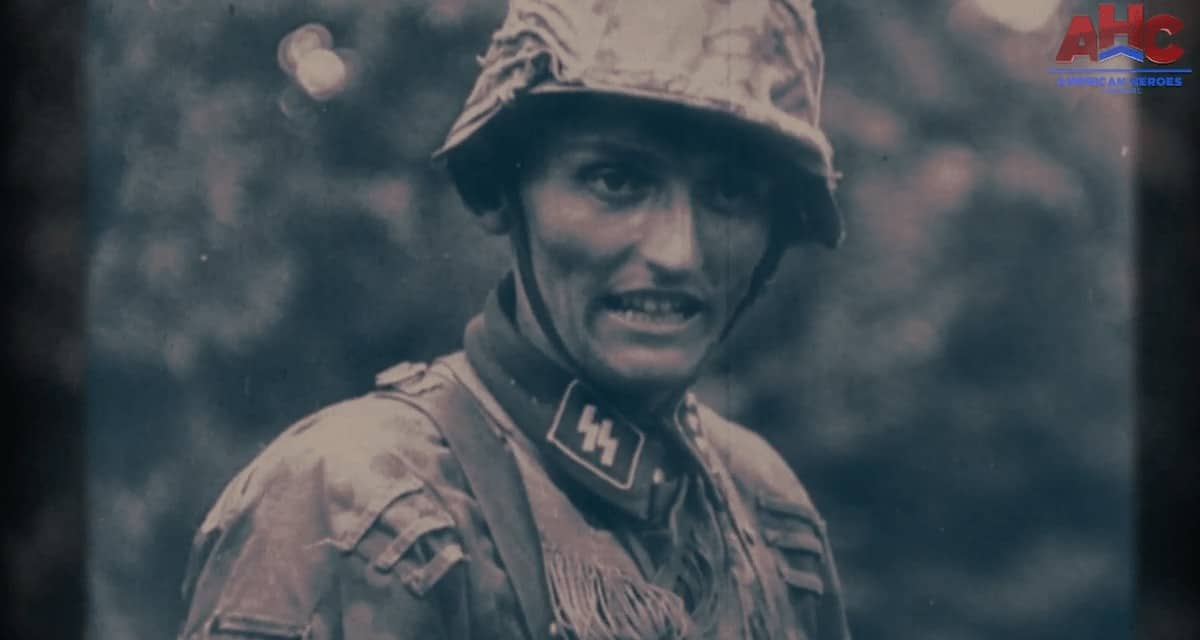During the 1936 Berlin Olympics, German scientists observed how Benzedrine enhanced American athletes’ performance. After finding these results, they then rushed to come up with their own performance-enhancing drug. A year later, a doctor, Fritz Hauschild had discovered methamphetamines, specifically crystal meth. By 1938, a pharmaceutical company, Temmler, was marketing over-the-counter crystal meth under the brand name Pervitin. It became so ubiquitous that it was marketed to German women in boxes of chocolate, with the recommendation that they take two to three a day to breeze through house chores and lose weight – the drug also suppressed appetite. With Pervitin being such a huge hit with the German public, Germany’s military decided that it wanted a hit as well. After hurried testing, Pervitin was approved for issue to the military and ordered into mass production.
Germany Had a Pretty Tolerant Approach to Drugs
Even before the Nazis gained power in 1933, Germany had a pretty tolerant official policy towards drugs. Before World War I, Germany was the world’s leading chemical giant, and the country’s chemical industry had a de facto global monopoly on drugs whose production required advanced (for that era) chemical expertise and industrial capacity. Germany’s chemical dominance was fueled by collaboration between researchers in German universities and industry – an approach pioneered in 19th century Germany, that has since become common in other countries around the world.
Back in the days when the evils of narcotics and the harmful effects of addiction were not yet fully understood, drugs and their production, sales, marketing, and use, did not carry much of a moral stigma. German chemical research was fueled by the sale of morphine, first distilled from opium by a German chemist in the early 19th century, and patented by Merck not long afterward. Further research on opium, morphine, and their derivatives, led to their inclusion in popular (and over-the-counter) products such as cough suppressants and household pain relievers. The pharmaceutical giant Bayer even got into and made a killing off of heroin, which was legal in Germany until the 1950s.

In short, the German attitudes back then were nothing like today. The widespread tolerance towards drugs was further boosted by WWI and its aftermath. With millions of casualties, many of whom needed drugs for prolonged periods during recovery for pain management, the authorities’ were less concerned with the addictive properties of drugs, and more with their effectiveness as pain relief. As a result, Germany experienced an under-reported but widespread epidemic of hard drug addiction in the 1920s and 1930s, mostly by WWI veterans who got hooked on drugs taken for pain relief, or medical personnel who had easy access to such drugs.

Addiction was so pervasive that even a high-ranking official such as Herman Goering, Hitler’s chief deputy and second in command, was widely known to have a pill habit – developed while recovering from when he got shot during the failed 1923 Beer Hall Putsch – without it generating much controversy. To the extent that addiction was recognized as such, it was perceived as readily curable. Most of the time, however, addiction’s symptoms were wrongly attributed to other conditions or misdiagnosed altogether in accordance with quack pseudoscientific theories that were prevalent at the time.
When the Nazis came to power in 1933, the use of cocaine and heroin, which had become increasingly popular after WWI, went into precipitous decline. The Third Reich attacked those drugs as poisons, deliberately introduced to Germany by Jews as part of a sinister plot to undermine and weaken the Aryan race. However, the attacks against those particular drugs were not indicative of an across-the-board policy against drugs, per se. Heroin and cocaine might have become socially unacceptable in Nazi Germany, but the Nazis were fine with drugs they viewed as performance-enhancing. Chief among those was crystal meth.

